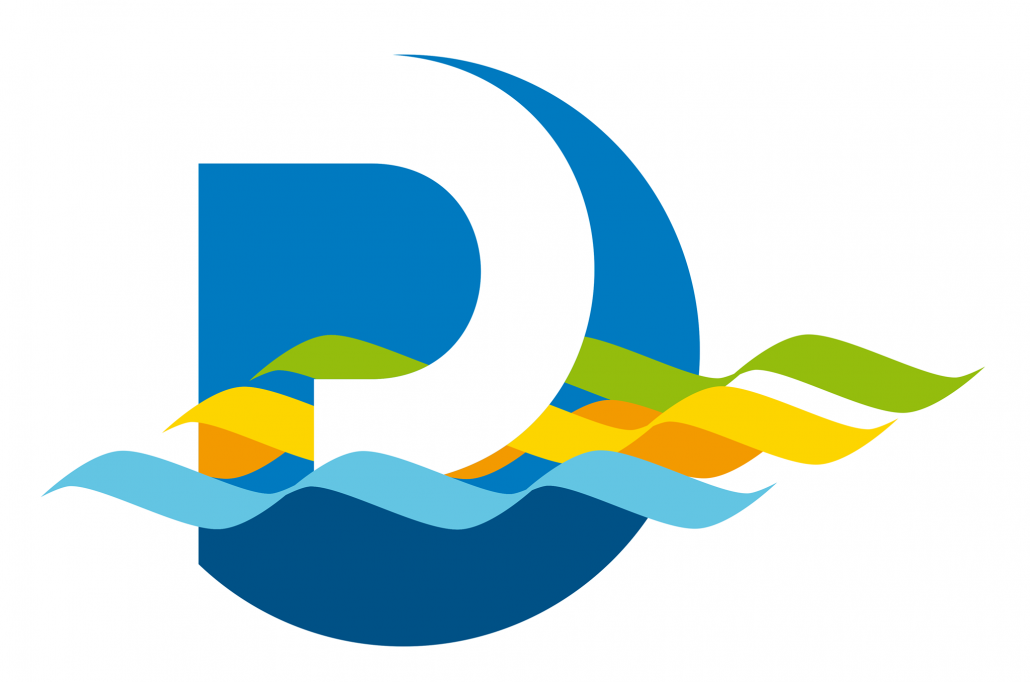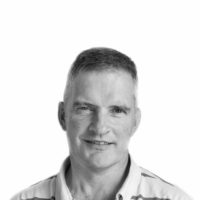
PORTOS

- Title
-
Interreg PORTOS Project
- Start Date
-
2019
- End Date
-
2022
- Funding body
-
Interreg Atlantic Area, European Regional Development Fund
- Research Area
-
Ports Towards Self-Sufficiency
- Research Lead Partner/Host
-
Universidade do Porto – UPORTO (PT)
- Research Partners
-
Universidade de Santiago de Compostela – USC (ES), Ecole D’ingénieurs En Génie Des Systèmes Industriels – EIGIS (FR), Universidad de Oviedo – UNIOVI (ES), University of Plymouth – UoP (UK), Instituto de Ciência e Inovação em Engenharia Mecânica e Engenharia Industrial – INEGI (PT), Fundacion Instituto de Hidraulic Ambiental de Cantabria – IHCantabria (ES), Administração dos Portos do Douro, Leixões e Viana do Castelo, SA – ADPL (PT), Autoridad Portuaria de Vigo – APVIGO (ES), INNOSEA (FR), University College Cork, National University of Ireland, Cork – MaREI (IE), Shannon Foynes Port Company – SFPC (IE),
- Associated Partners
-
Agência para a Energia – ADENE (PT), Organismo Público Puertos,del Estado – OPPE (ES), Nantes – Saint Nazaire Port – NSNP (FR), Cattewater Harbour Commissioners – CHC (UK), Padstow Harbour Commissioners – PHC (UK), WindEurope – WindEU (BE).
- Principal Investigator
-
Jimmy Murphy, MaREI, University College Cork, Ireland
- Research Assistant
-
Nathan Kirwan, MaREI, University College Cork, Ireland
- Website
Introduction
Seaports need high-energy supplies and are a source of air pollution, two environmental problems that can be minimized by using renewable energy. Considering the convergence of resources, infrastructures, and facilities in ports, marine renewable energy arise as a promising alternative.
PORTOS aims to assess, develop, and promote the integrated use of renewable energy resources in Atlantic Area ports and increase their energy efficiency, establishing a roadmap to a more competitive and sustainable sector.
Work Package
WP1 – Coordination
This WP involves planning, coordination, and management of PORTOS activities, risk and quality management, fosters the communication between the consortium partners, and the liaison with the MA/JS. It includes project reports, cost statements, and budgetary monitoring.
WP2 – Communication
The objective is to provide a strategic communication framework with the stakeholders and the society, to obtain the expected outputs and to make them known in the Atlantic Area.
WP3 – Capitalisation
Establish how to ensure that the project’s outputs will be applied to other regions, Member States, public policy’s or policymakers beyond the partnership.
Work package 4 – Linking Proofs of Concept and Society
After a reviewing and screening process by an independent selection panel, the aim of this WP is to provide the experimental facilities and knowledge from the partners to the emerging technology developers. The selection is based on scientific merit and technology potential.
Work package 5 – Integrated assessment of renewable resources at case-study ports and energy efficiency audits
This WP involves the actions needed to define the most suitable renewable energy (RE) resources and the best locations to harvest them at each case-study port and to select suitable conversion technologies to be further adapted and optimised in WP6.
Work package 6 – Technical viability studies of different marine renewable energies integrated at case-study ports
The innovative technologies selected at WP5 to harness the energy of waves and currents are subjected to R&D to optimize their performance at the chosen installation sites. Two wave energy converters (WEC) for integration in port/coastal structures and one in-stream energy converter (SEC) are studied.
Work package 7 – Energy Self-Sufficiency action plan for ports and development of Decision Support Tools
Based on the results of WP6, the exploitation sites and the most suitable technologies at each target port are selected, together with the key technical requirements to implement them. Subsequently, feasibility studies are done, which include cost modelling of selected technologies, civil engineering works, and potential socio-economic and environmental impacts. On this basis, the roadmap towards energy mix diversification and possibly self-sufficiency of the target ports is defined.




